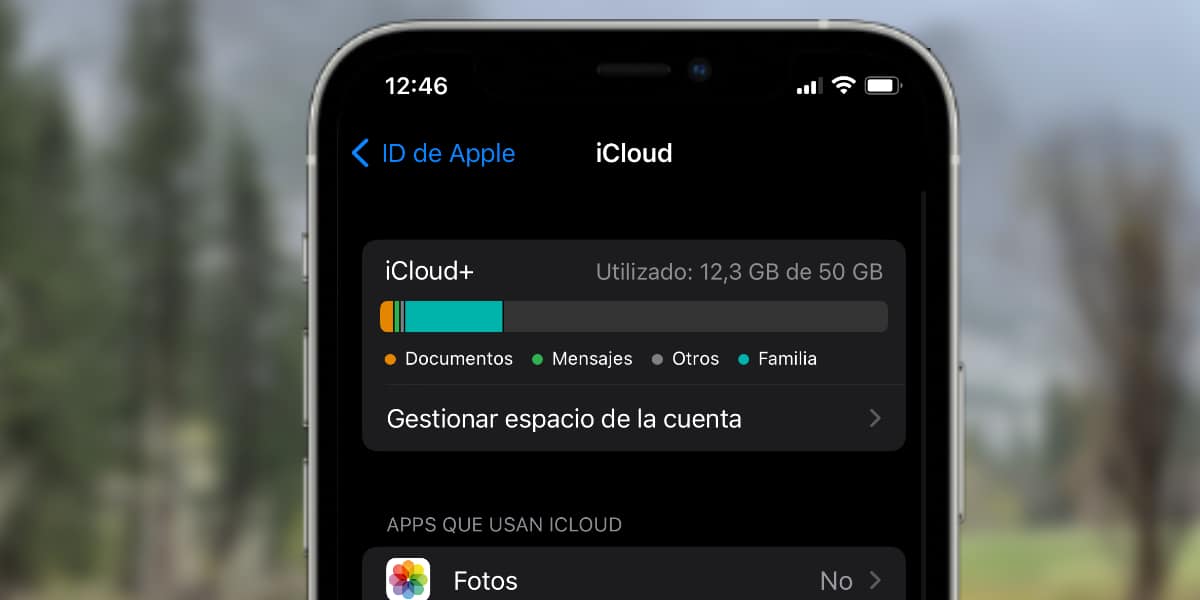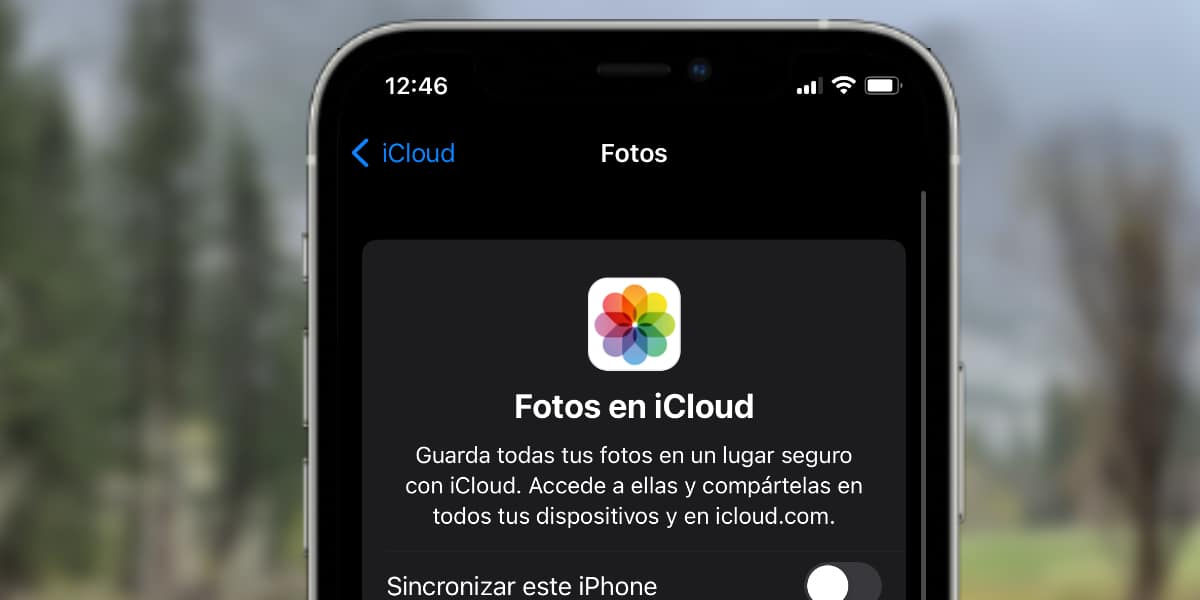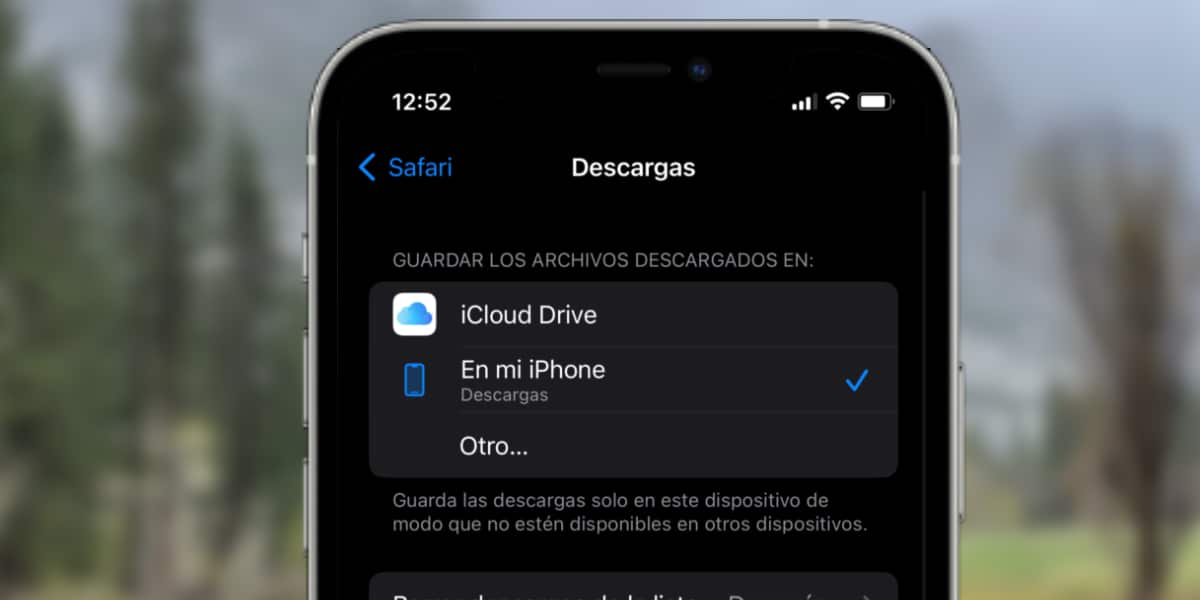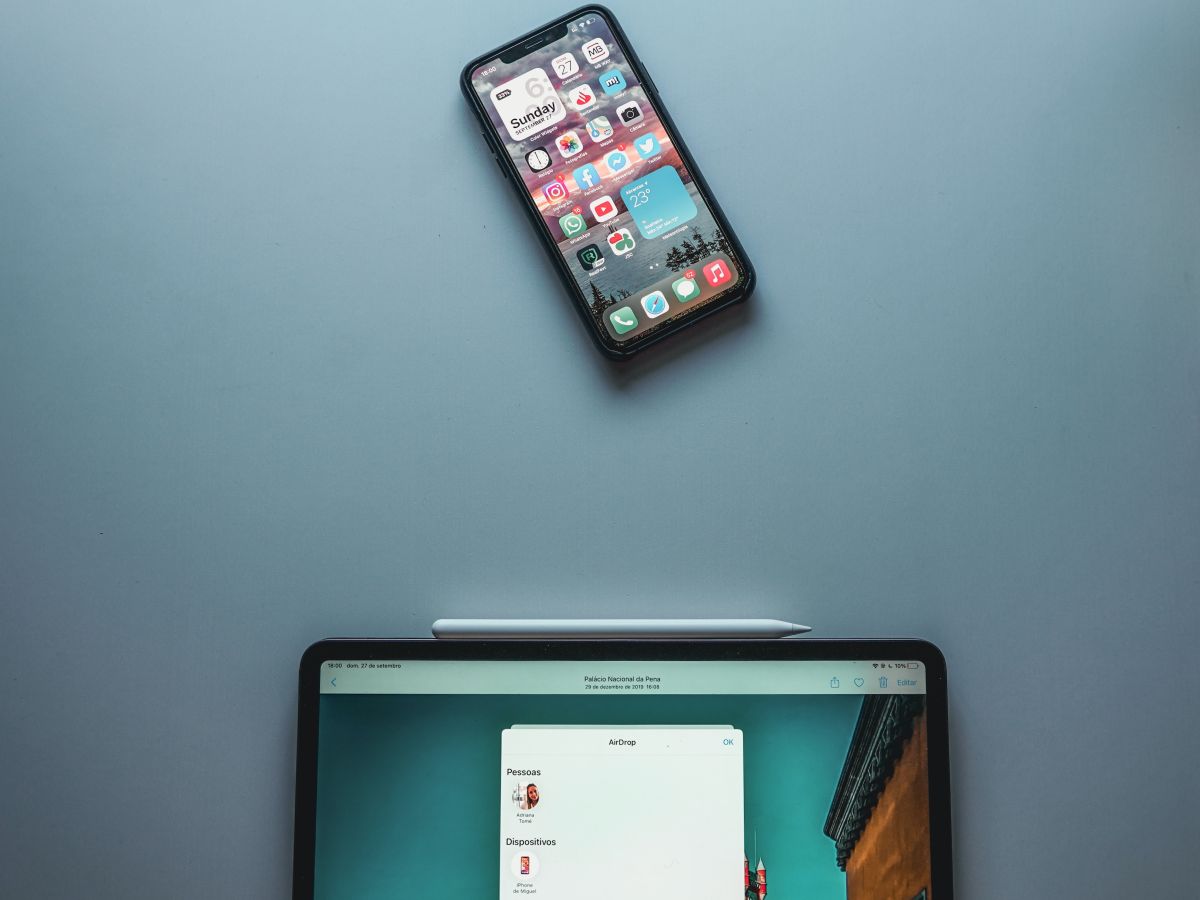iCloud space is quite limited. As you well know, Apple offers all its users with an Apple ID the possibility of enjoying 5GB of storage in iCloud Drive completely free of charge. However, this capacity has not been expanded or improved over the years, so it has become a completely insufficient space.
We show you how you can save space in iCloud with these simple tricks. In this way you will finally stop seeing the notification that invites you to subscribe to the different iCloud storage plans.
We want to remind you that all these features to take advantage of iCloud space and save space are available indifferently on both the iPhone and the iPad.
How to check iCloud storage
The iCloud storage capacity, in case you have not subscribed to any family plan, is only 5GB in total. However, you can easily manage your storage space in the Apple cloud from any of your company's devices, which will allow you to have absolutely everything under control.
This being the case, you must enter Settings and click on the profile picture, once inside you will find the option icloud, in which it will also inform you of all the storage you have contracted. You just have to press this option.

Here you will find at the top the indication of how much your total storage space is and how much you have completed. Also, in different colors it will be informed about the main files and what their graphics are. This is where we will find the option Manage Storage, one of the most important if we want to have iCloud under control.
Turn off iCloud Photos
It is one of the best iOS options, backing up your photos constantly. As a general rule, the photos will be uploaded to iCloud when the phone is connected to a WiFi wireless network and charging, although we can configure these parameters according to our needs.
However, as you might imagine, it is one of the iCloud options that takes up the most storage. Most people don't routinely "clean" their photo gallery, and others even have the automatic download function present in many instant messaging applications activated, for all this, the result is usually absolutely disastrous for storage space.

To deactivate iCloud Photos we simply go to Settings > Apple ID > iCloud > Apps that use iCloud: Photos > Sync this iPhone > Turn off.
Within this option of Photos in iCloud we will be able to find a multitude of content such as the possibility of uploading photos in streaming instantly and even managing the albums shared with the rest of our family or friends.
Check iCloud Drive and delete its content
iCloud Drive is the equivalent of Dropbox and Google Drive but from Apple. To access it we simply have to enter the application Archives, natively present in iOS, in case you didn't remove it during the setup of your iPhone or iPad.
To manage this space, what you should do is go to the folder Explore, in the lower right corner. There you will select everything you have in iCloud Drive. By clicking in the upper right corner, on the icon (...) you will be able to make a quick selection and directly delete those files in which you are not interested in a massive way.
This content will go to the folder Recently Deleted, so it would be a good option to go to this folder and delete all the content, since it will take approximately 30 more days to be permanently deleted.
Safari downloads directly on iPhone
Natively, as Apple always seeks to facilitate the user and above all unconsciously direct you to acquire any of their subscriptions, tAll downloads you make from your iPhone through Safari will be stored directly in iCloud Drive.
This is an advantage because you will have this file available “quickly” on all your Apple devices, but of course, with 5GB of storage it is not much.

To fix it, go to Settings > Safari > Downloads > On my iPhone. In this way, the downloads of any type of content that you make through Safari will be stored in the memory of your iPhone, if you want to transfer it to your iPad or Mac you can use AirDrop to do it quickly and avoid taking up iCloud space.
Properly manage backups
One of the main advantages of iCloud is precisely the possibility of making backup copies, but it is precisely another of iCloud's arch-enemies. To avoid this, go to Settings > Profile > iCloud > Apps that use iCloud > Show All. Keep all these tips in mind:
- Turn off your iPhone backup if you don't think you're going to use it regularly. Instead, use the backups you can make on your PC or Mac.
- Choose the applications well that keep a backup copy in iCloud, activate your most common messaging applications, but forget others like LinkedIN, Uber, Waze and those that really do not make sense in this place.
- Delete old backups: You can easily delete old backups. In the section Manage Account Space, the backup copies will appear, you can delete them.
Delete attachments from the Mail app
The email management application is not among the most used in recent times, since many users are missing features. Surprisingly, the iCloud storage manager will not allow us to lighten space in the Mail application, what you will have to do is directly from the Mail application delete these emails, which will allow you to gain a lot of space.
Turn off desktop sync on Mac
macOS has a lot of great things, but syncing your Mac desktop to iCloud Drive I don't think is one of them. If you go to System Preferences > Apple ID > iCloud > Options, you will have an extensive list of functionalities activated, among them that of Desktop and Documents Folders, that will synchronize in iCloud Drive any file that we have on the Mac desktop.
Take advantage since you are at this point to deactivate all those applications that you are not interested in synchronizing.
